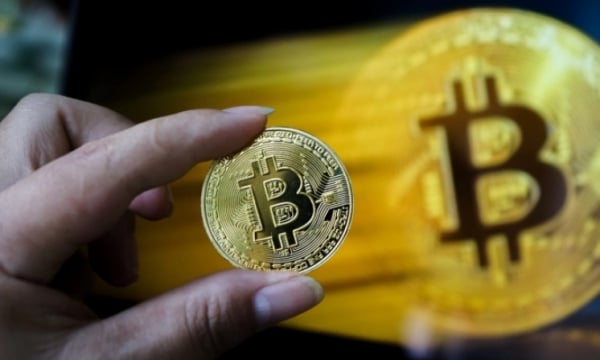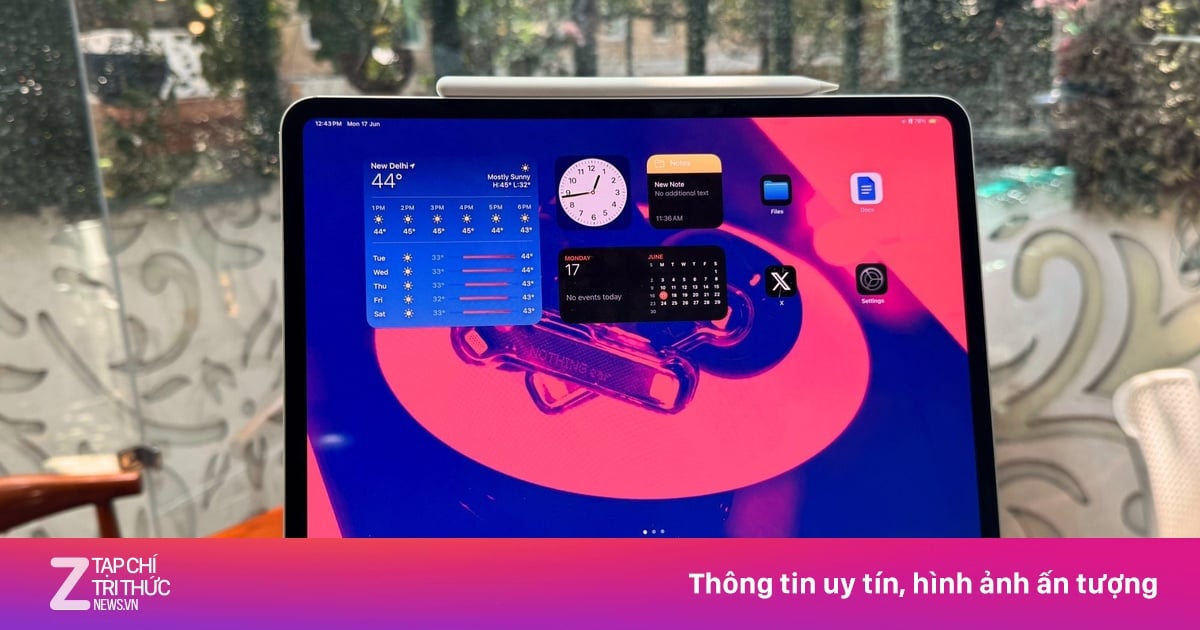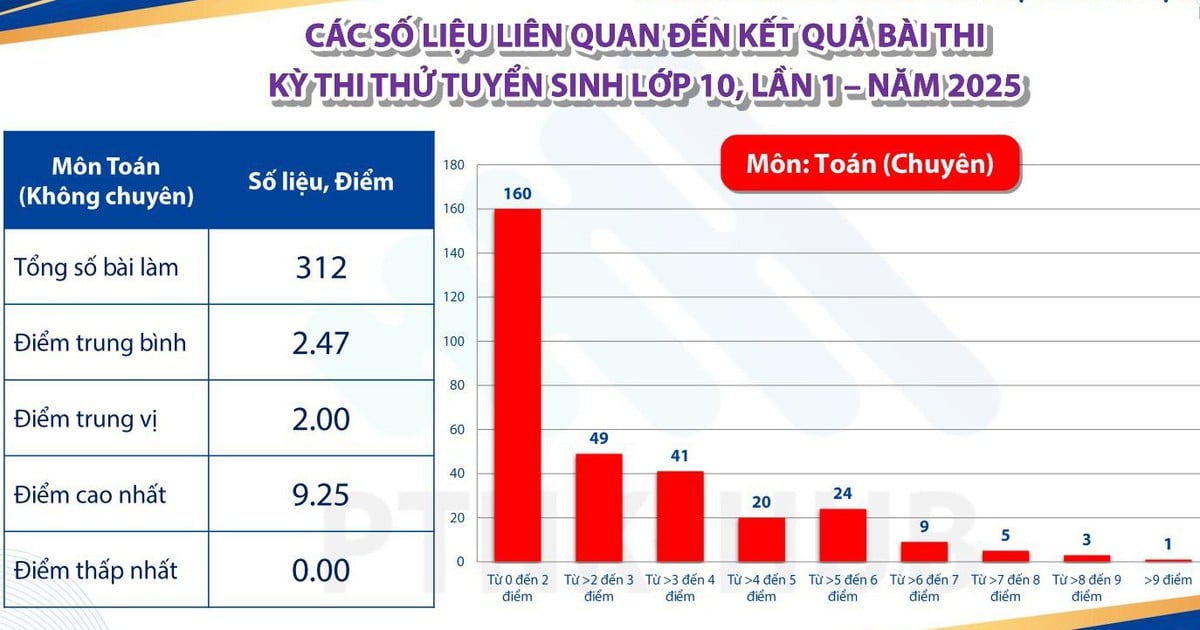The study, published in the journal Cell Reports Sustainability , said that without regulation of Bitcoin mining, the scale of water consumption from the activity could impact drinking water supplies, especially in countries facing water scarcity like the United States.
Alex de Vries, the author of the study, likened each Bitcoin transaction to the evaporation of water from a swimming pool. Bitcoin mining requires enormous computing power to solve mathematical equations, and whoever answers correctly is rewarded with a portion of the value of Bitcoin.

Bitcoin's environmental impact has always been a hot topic.
According to EuroNews , the energy consumption of cryptocurrencies in 2020 was higher than the total energy consumption of Pakistan. However, the amount of water used by a Bitcoin transaction is rarely reported and is likely higher than estimated.
With Bitcoin surpassing $40,000, Alex de Vries expects the world's largest cryptocurrency's water consumption to rise to 2,300 billion liters, up more than 40% from 2021. This will be a problem for countries in Central Asia, such as Kazakhstan - one of the world's leading cryptocurrency mining centers. The study also estimates that Bitcoin mining in the US consumes the same amount of water as 300,000 households or a city like Washington.
De Vries argues that using renewable energy instead of electricity is not the ideal solution to reduce Bitcoin's carbon footprint when renewable energy availability in many countries is still limited.
However, if Bitcoin changes its technology to be more environmentally friendly, the damage will be significantly reduced. Bitcoin currently uses a Proof of Work (PoW) model, requiring miners to race to solve mathematical problems to validate transactions. Whoever comes up with the answer first creates the next block and receives a reward in cryptocurrency. The amount of electricity consumed by the machines to solve the problem is considered “proof of work” to ensure consensus on the system.
The second largest cryptocurrency Ethereum switched to Proof of Stake (PoS) in 2022. In PoS, mining power does not increase the chances of winning rewards and creating the next block for the blockchain. Miners must stake a certain amount of Ether, at least 32 Ether (about more than $50,000) to be randomly selected by the system as the next block creator. The more Ether they stake, the more likely they are to be selected by the system.
In both systems, the creator of the next block is rewarded with a transaction fee and new Ether or Bitcoin. In PoS, miners are also rewarded for helping secure the network.
Bitcoin can also change to a new mechanism if consensus is reached among miners participating in the network, but De Vries believes that many Bitcoin miners do not want to change to preserve their investment.
While not changing Bitcoin helps it increase in value, keeping the mechanism the same also carries other risks. The number of Bitcoins being mined continues to decline, with the last Bitcoin expected to be mined in 2040, after which there will be no more rewards for miners, De Vries stressed.
Source link



![[Photo] Opening of the 44th session of the National Assembly Standing Committee](https://vstatic.vietnam.vn/vietnam/resource/IMAGE/2025/4/14/03a1687d4f584352a4b7aa6aa0f73792)
![[Photo] Children's smiles - hope after the earthquake disaster in Myanmar](https://vstatic.vietnam.vn/vietnam/resource/IMAGE/2025/4/14/9fc59328310d43839c4d369d08421cf3)

![[Photo] Touching images recreated at the program "Resources for Victory"](https://vstatic.vietnam.vn/vietnam/resource/IMAGE/2025/4/14/99863147ad274f01a9b208519ebc0dd2)
![[Photo] General Secretary To Lam chairs the third meeting to review the implementation of Resolution No. 18-NQ/TW](https://vstatic.vietnam.vn/vietnam/resource/IMAGE/2025/4/14/10f646e55e8e4f3b8c9ae2e35705481d)



















































































Comment (0)